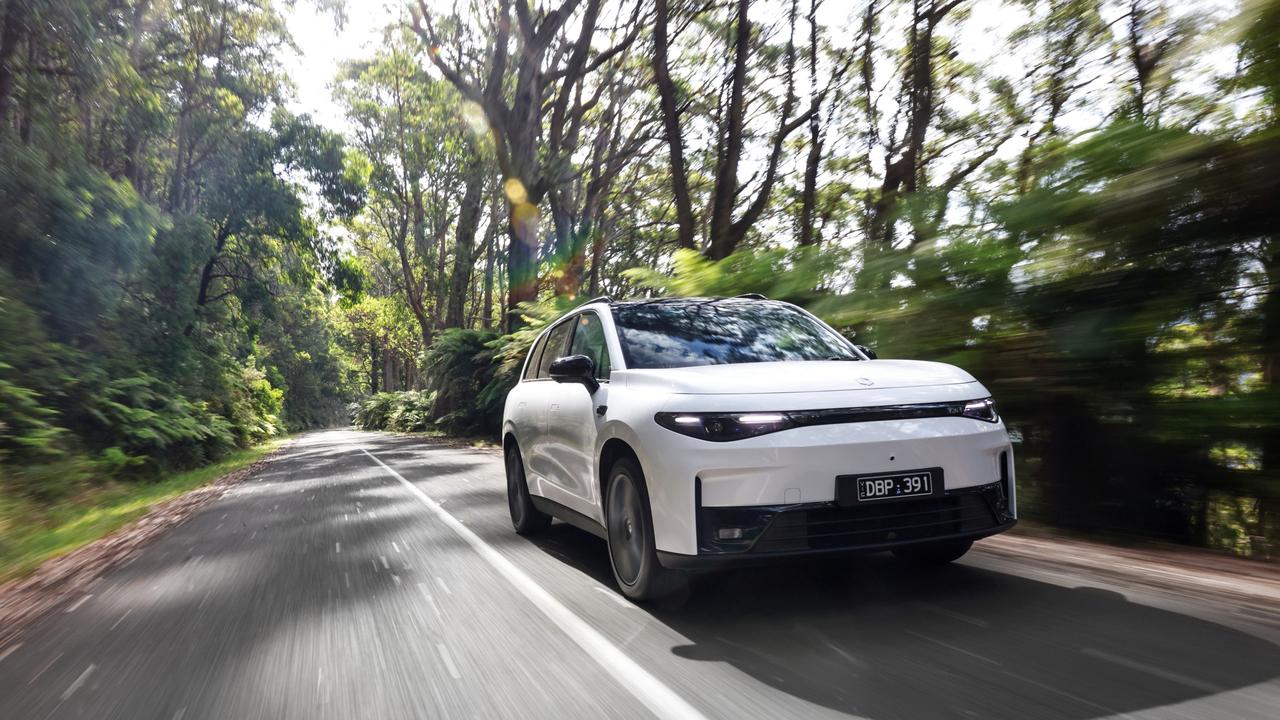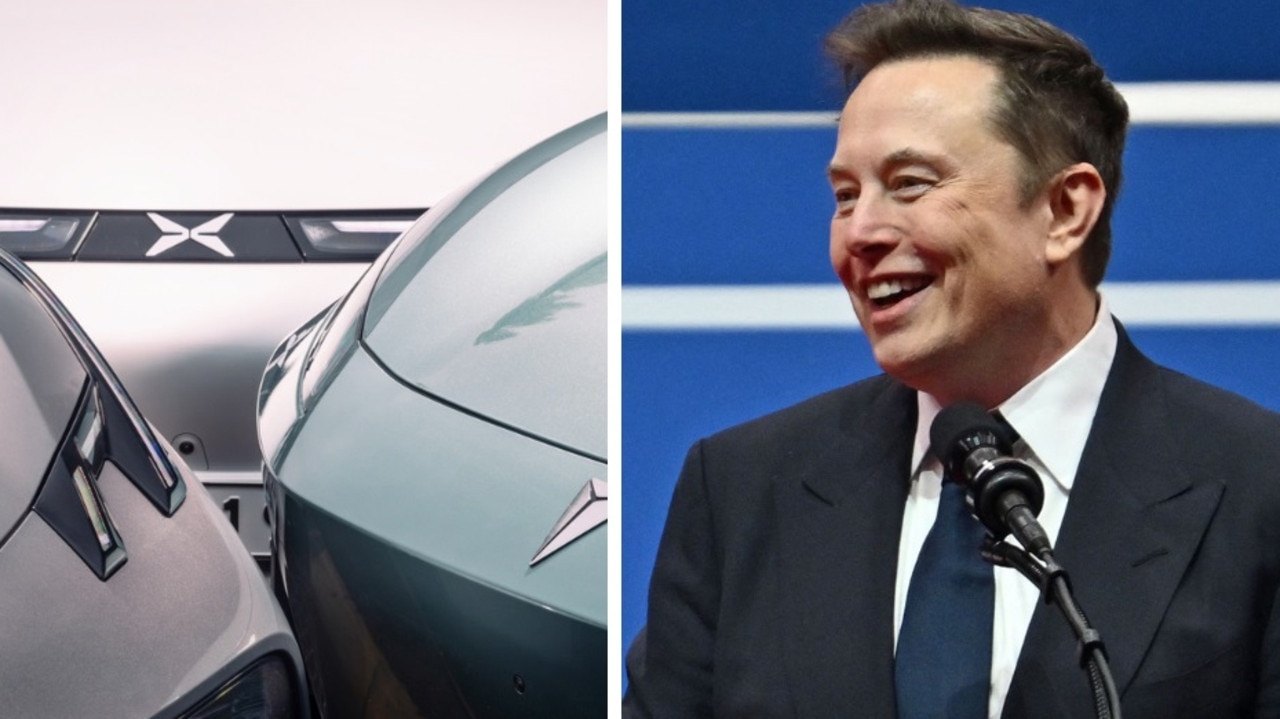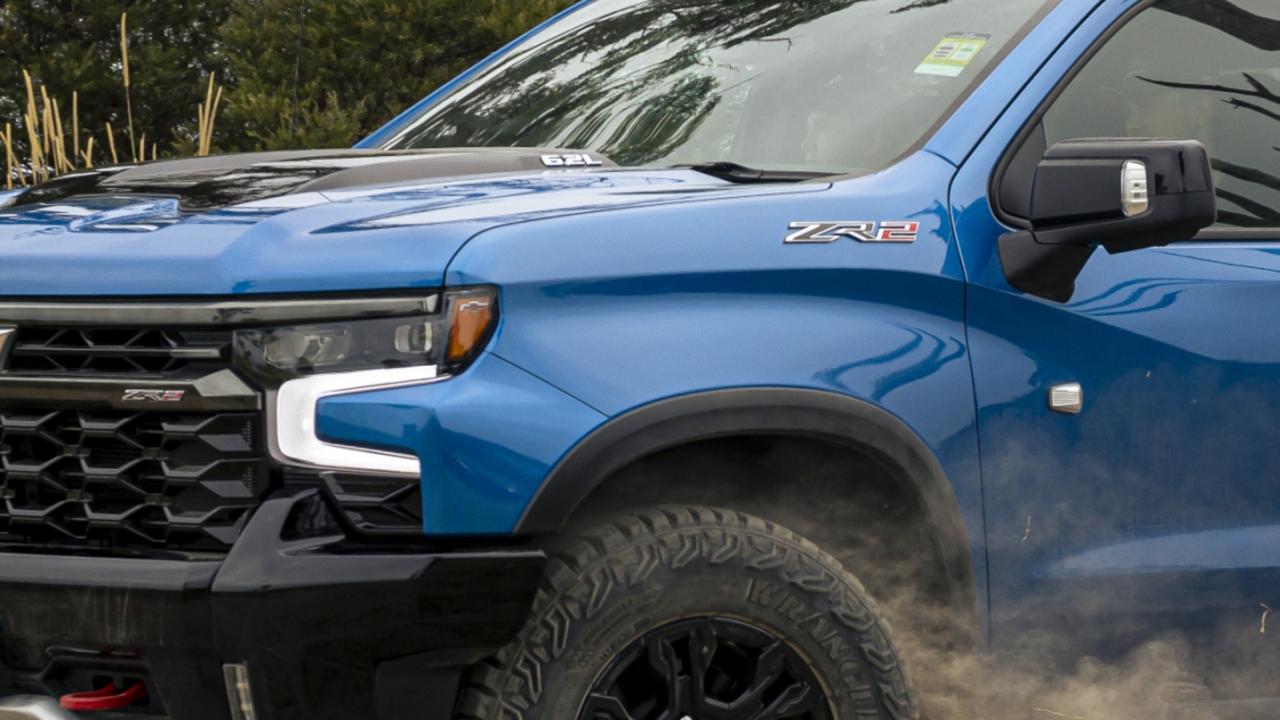2022 Ford Escape ST-Line PHEV new car review
Families on the hunt for a new ride that provide fuss-free motoring and can slash their fuel bills by more than half are in luck.

Ford is plugging the gap between its petrol cars and electric vehicles by offering a plug-in hybrid version of its mid-size Escape SUV. We take a deeper look to find out what it’s all about.
VALUE
It took a while to get here but Ford finally has a plug-in hybrid electric vehicle (PHEV) version of its Escape mid-sized SUV.
It’s no bargain, at about $59,750 drive-away and isn’t particularly well equipped. Sure, you get 18-inch alloys, a digital instrument cluster, ambient lighting, dual-zone ventilation, smart key entry and some faux leather.
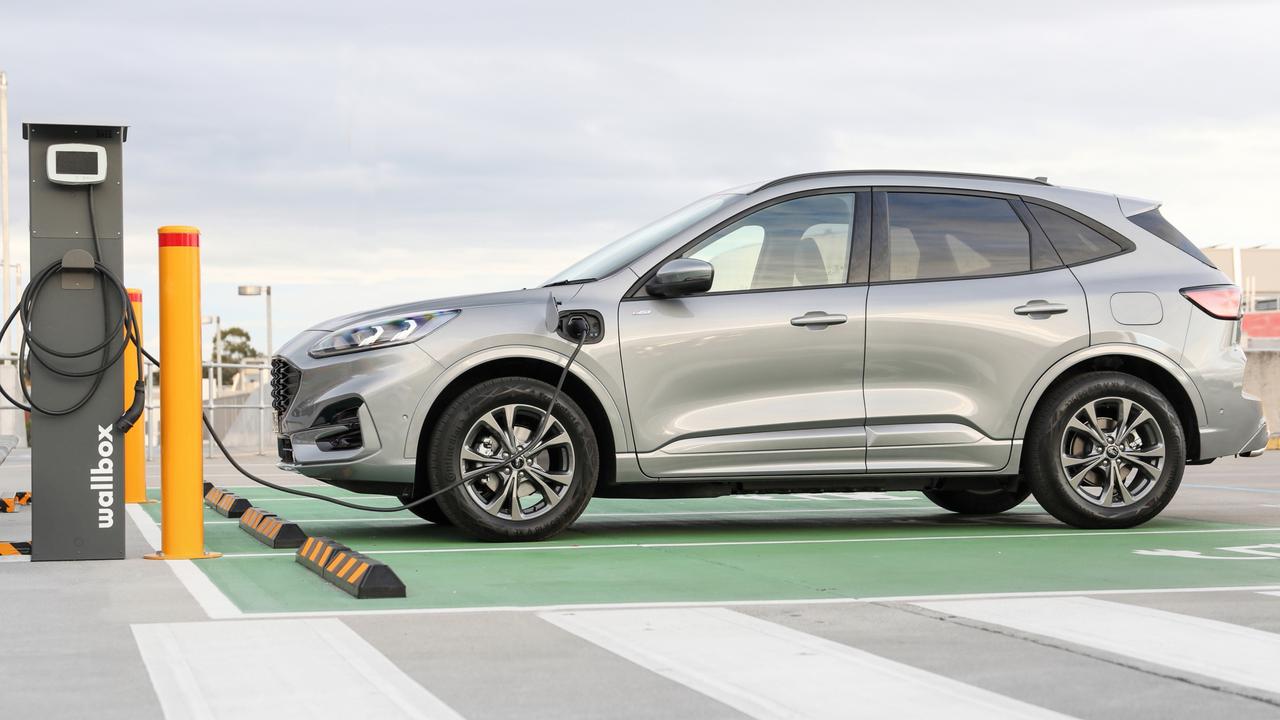
But you’re adjusting the seats manually and there’s only a reversing camera rather than a snazzier 360-degree set-up.
At least it gets a spare wheel (albeit only a space saver), something of a rarity in the EV sphere.
There’s a 10-speaker Bang & Olufsen audio system, although the sound reproduction isn’t as impressive as the on-paper specs.
There’s also a $1950 option pack that brings a power tailgate, heated front seats and a head-up display.
Of course, much of the money goes into the petrol engine and electrical system, including a battery pack capable of 56km of electric-only motoring. There’s lots of tech, but it only drives through the front wheels, leaving those needing all-wheel drive to stick to petrol.
COMFORT
Many mainstream brands have lifted their game to create cabin ambiences that step above the badge on the bonnet.
Not the Escape PHEV. Despite the sizeable price tag there’s a mass of grey plastics and a relatively bland cabin. Seats are a combo of modern materials with fake leather.
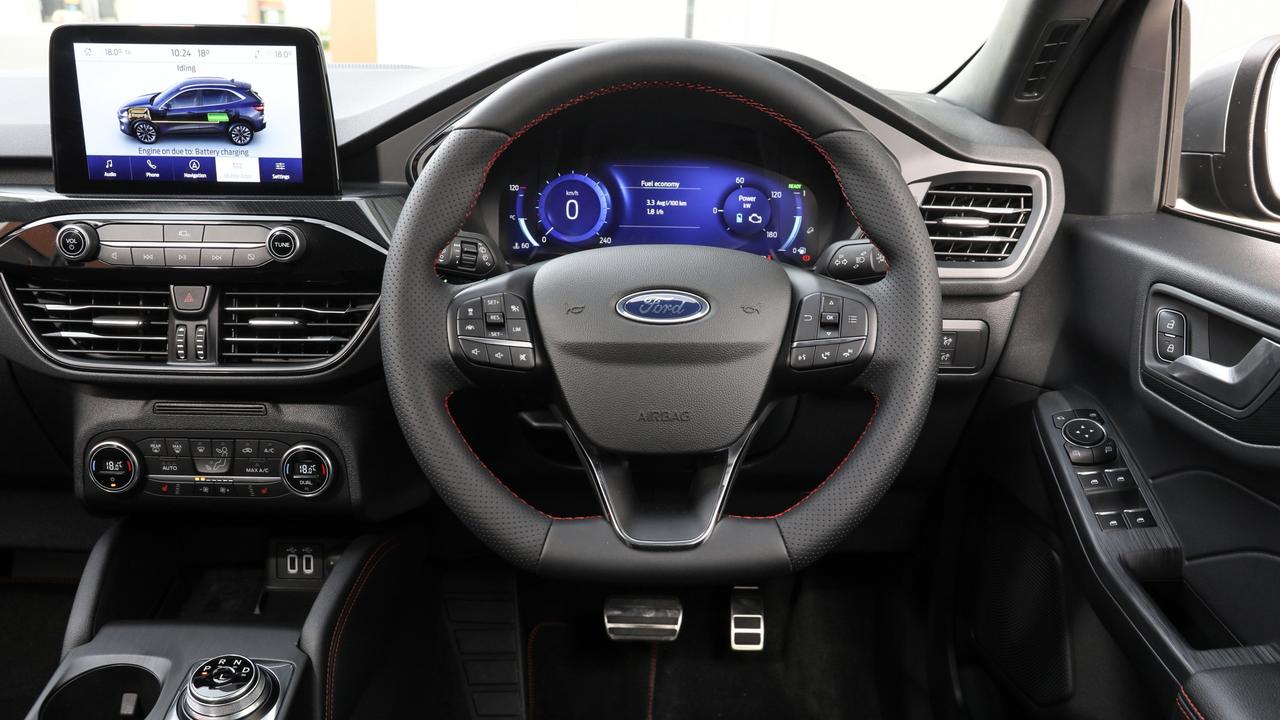
Some red stitching and brushed plastics can’t cut through the built-to-a-budget look.
It’s a shame, because the basics are there. The front seats are nicely supportive and there’s generous storage, including some nice touches such as stretchy netting on the side of centre console.
While it may look compact on the outside – there’s none of the chunky look of a Ranger or Everest – the back seats are also surprisingly accommodating.
ST-Line with some extra kit, including a Bang & Olufsen audio system.
SAFETY
As well as six airbags there’s no shortage of driver assistance and active safety features. They include blind spot warning, rear cross traffic alert with auto braking, autonomous emergency braking and speed sign recognition.
There’s also Emergency Assistance, which can use a paired mobile to directly contact emergency services without any human intervention.
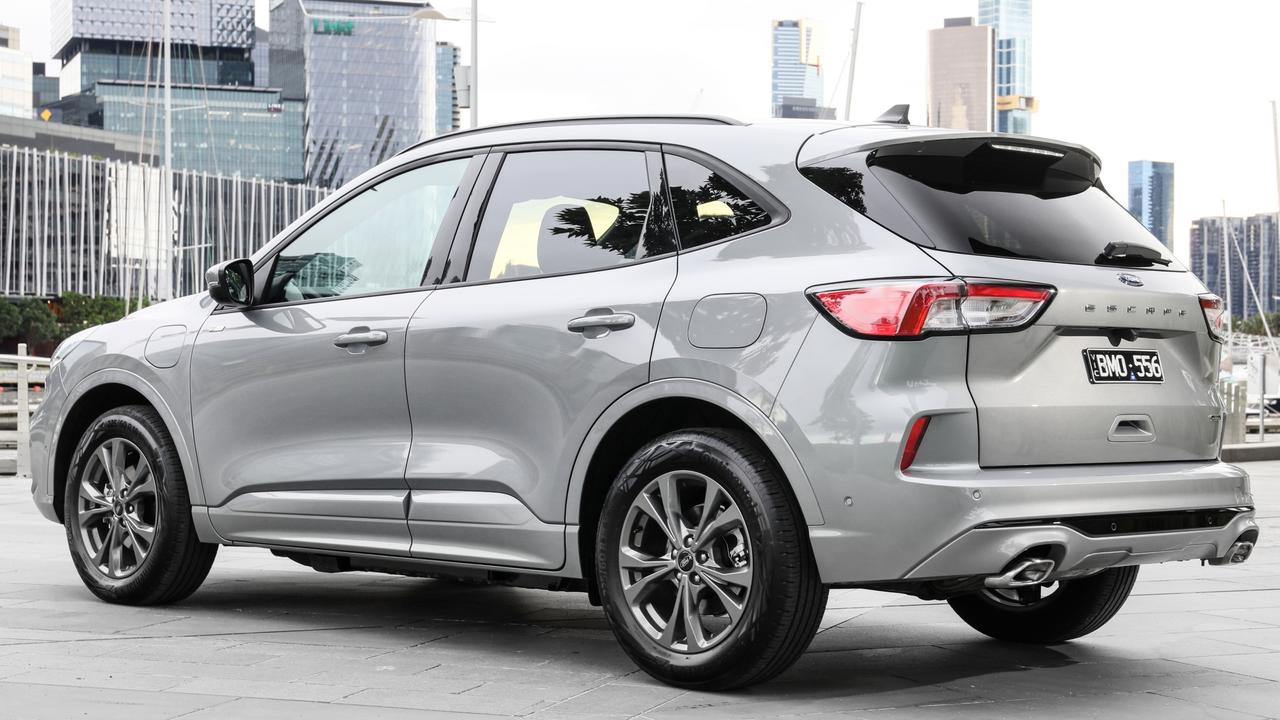
DRIVING
The Escape has long been one of the more dynamically adept SUVs and that sentiment flows through to the PHEV.
It points towards a corner assertively and feels planted once there.
There’s a firmness to the suspension but it’s not uncomfortable, paying back with sporty DNA.
The 2.5-litre engine teams with the electric motor to make a combined 167kW. As with most hybrids, it’s the pulling power elsewhere in the rev range that defines its performance.
Off-the-line pull is respectable without being generous, and driving only the front wheels it can occasionally trigger the traction control on take-of.
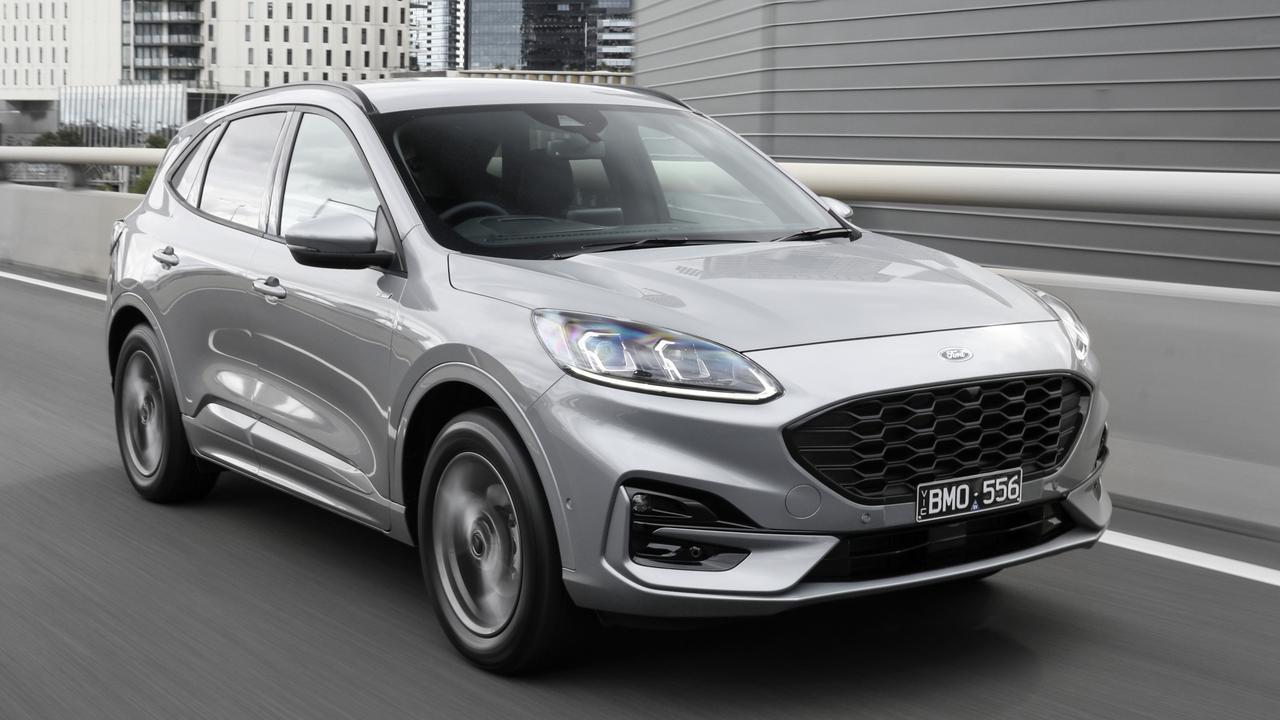
The additional couple of hundred kilograms of having two propulsions systems takes the edge off acceleration.
The Escape PHEV is claimed to cover 56km between charges. We didn’t quite managed that but got close to 50km, which is fine for suburban running. It’ll take about seven hours to charge from a household powerpoint, or as little as two hours on a wallbox.
The most impressive part of the Escape PHEV’s driving credentials was how little fuel it used in hybrid mode. Many PHEVs become disappointingly inefficient once the battery is depleted. But over 700-plus-km our Escape used a little less than 5 litres per 100km, which is similar to the usage of a RAV4 Hybrid.
VERDICT 3/5
Underwhelming value and bland interior countered by decent driving manners and solid hybrid fuel-mising credentials once the battery has been drained.
ALTERNATIVES
Mitsubishi Outlander Plug-in Hybrid EV, from about $59,500 drive-away
Bring AWD to the PHEV equation and includes about 70km of rear-world EV driving. Not as sharp to drive as the Ford but spacious interior and up to seven seats adds to the Outlander’s appeal.
Toyota RAV4 Cruiser 2WD, from about $55,000 drive-away
Runs purely on petrol but doesn’t use much of it. Great to drive, practical and well equipped. The challenge is getting hold of one, with stratospheric demand leading to lengthy waiting lists.
Haval H6 Ultra Hybrid, from $45,990 drive-away
Presents well and is bulging with value. But cracks appear once you hit the road. Fussy infotainment controls and warnings and driver assist systems need tuning.
FORD ESCAPE ST-LINE PHEV DETAILS
PRICE: From about $59,750 drive-away
WARRANTY/SERVICE: 5 years, unlimited km, $1531 plus brake fluid for 5 years/75,000km.
SAFETY: 6 airbags, auto emergency braking, blind spot monitoring, driver impairment monitor, lane departure warning, lane keep assist, rear cross traffic alert, emergency call feature
ENGINE: 2.5-litre 4-cylinder, 167kW/NA
THIRST: 1.5L/100km
BOOT: 556L

